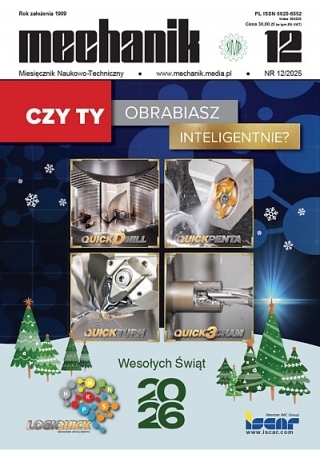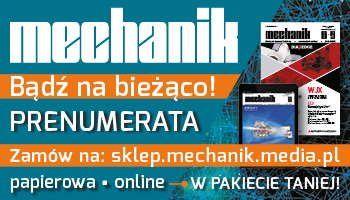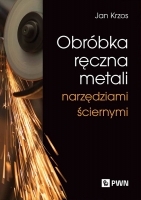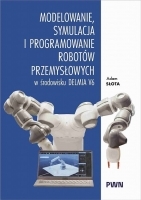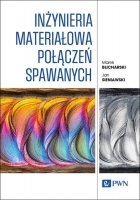Metodyka wyznaczania temperatury w strefie skrawania podczas toczenia i frezowania stopu Ti6Al4V
Methodology of measurement of the temperature in the cutting zone during turning and milling of titanium alloy Ti6Al4V
Mechanik nr 08/09/2015 - Wersje autorskie artykułów z IX Konferencji Szkoły Obróbki Skrawaniem zamieszczone na płycie CD
STRESZCZENIE: Pomiar temperatury w procesach skrawania ma istotne znaczenie ze względu na możliwość wykorzystania tych informacji do analiz i symulacji. Przedstawiono potencjalne zastosowania metody termoelementu naturalnego w pomiarach temperatury skrawania podczas toczenia ostrzami węglikowymi. Opisano przykładowe stanowisko do wzorcowania termopary naturalnej. Omówiono możliwości zastosowania kamery termowizyjnej do pomiaru temperatury skrawania podczas frezowania walcowo-czołowego. Przedstawiono wyniki badań dotyczące analizowanych metod pomiaru temperatury.
SŁOWA KLUCZOWE: temperatura w procesie skrawania, metoda termoelementu naturalnego, kamera termowizyjna
ABSTRACT: The temperature measurement in machining processes is an important problem due to the using this information for analysis and simulation. The possibilities of application of the natural thermocouple method for temperature measurement during turning with use of carbide insert were described. The exemplary system for calibrate a natural thermocouple was presented. The possibility of using the thermographic camera to measure the cutting temperature during end-milling was presented. The results of research in the field of analyzed methods of temperature measurement were showed.
KEYWORDS: temperature in cutting zone, natural thermocouple method, thermographic camera
BIBLIOGRAFIA / BIBLIOGRAPHY:
- BARTOSZUK M., NOWAK A., Monitorowanie temperatury skrawania. Pomiary Autom Kontrola, 2014, 16–19.
- BASTI A., OBIKAWA T., SHINOZUKA J., Tools with built-in thin film thermocouple sensors for monitoring cutting temperature, 2005, Tehran Int. Congress Manuf. Eng., 1-8.
- CHEN G., REN C., YANG X., Finite element simulation of high-speed machining of titanium alloy (Ti-6Al-4V) based on ductile failure model. Int J Adv Manuf Technol 56, 2011, 1027–1038.
- GRZESIK W., An integrated approach to evaluating the tribo-contact for coated cutting inserts, Wear, 2000, vol. 240, 9 – 18.
- JASPERS S.P.F.C., DAUTZENBERG J. H., TAMINIAU D. A., Temperature Measurement in Orthogonai Metal Cutting, 1998, Int. J Advanced Manufacturing Technology, vol.14, 7-12.
- KHANNA N., GARAY A., IRIARTE LM., Effect of heat Treatment Conditions on the Machinability of Ti64 and Ti54 M Alloys. Procedia CIRP 1, 2012, 477–482.
- KITAGAWA T., KUBO A., MAEKAWA K., Temperature and wear of cutting tools in high speed machining of Inconel 718 and Ti-6Al-6V-2Sn, Wear, 1997, 142–148.
- MÜLLER B., Thermische analyse des Zerspanens metallischer Werkstoffe bei hohen Schnittgeschwindigkeiten, 2004, Technische Hochschule Aachen.
- NIESŁONY P., GRZESIK W., LASKOWSKI P., HABRAT W., FEM-Based Modelling of the Influence of Thermophysical Properties of Work and Cutting Tool Materials on the Process Performance, Procedia CIRP 8, 2013, 3-8.
- NIESŁONY P., Modelowanie przepływu ciepła i rozkładu temperatury w strefie skrawania dla ostrzy z twardymi powłokami ochronnymi. Politechnika Opolska 2008, 259.
- STEPHENSON D.A., ALI A., Tool temperatures in interrupted metal cutting, J. Eng. Ind., 1992, vol.114, 127–136.




